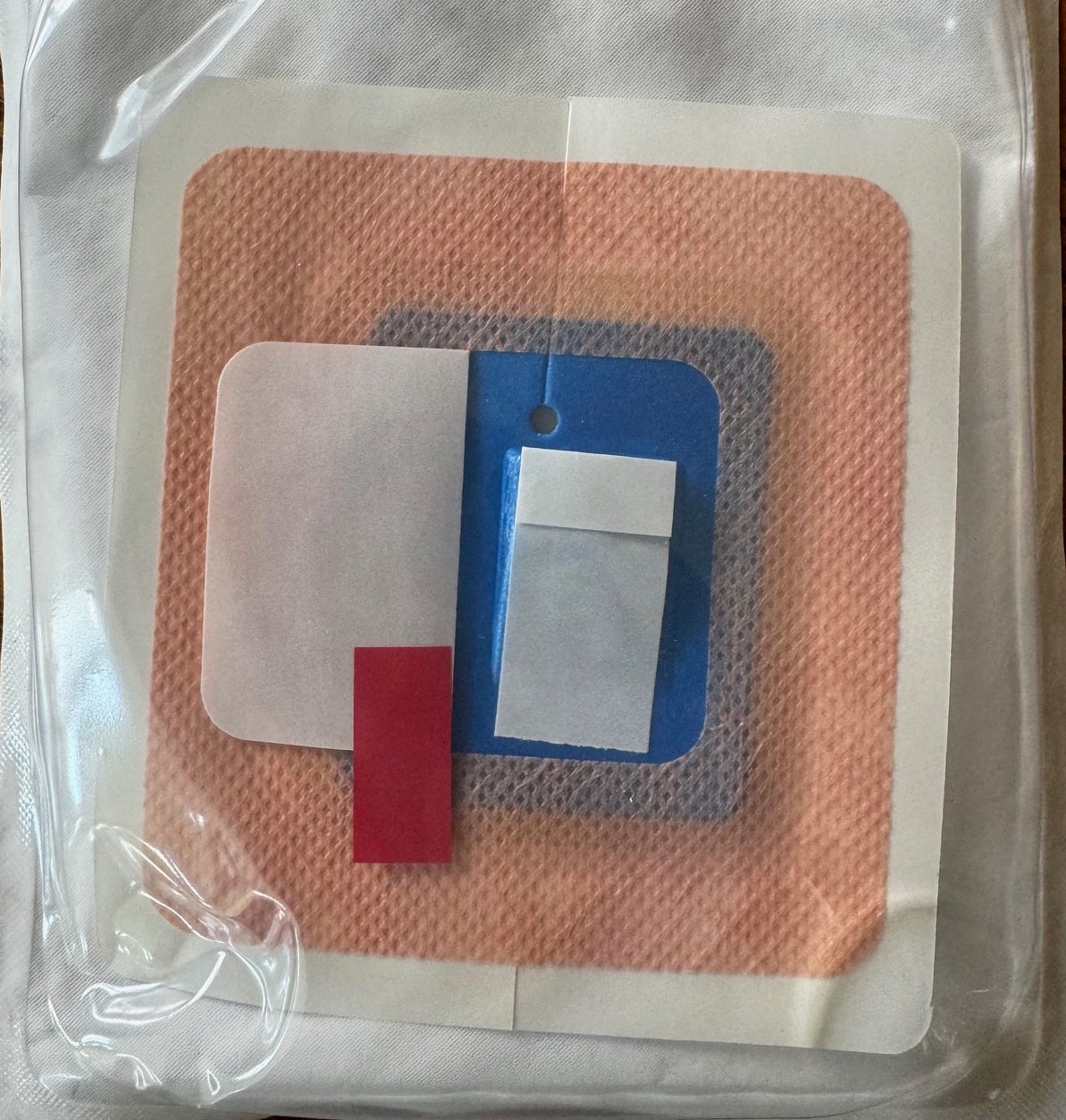I'm a Trained Caregiver, Because They Don't Let You Take the Nurses Home With You...
 Shutterstock Images.
Shutterstock Images.Healthcare in the U.S. has changed dramatically. The recent uptick in cancer diagnoses, along with the shortage of hospital beds and nurses and the increased role of insurance companies in healthcare, has caregivers like myself doing more and more healthcare at home. Unfortunately, they don't let you take the nurses home with you...
My first assignment was when my wife had a double mastectomy (breast cancer), and I was told that post-surgery, I’d be taking care of the four temporary drains at home. I argued vehemently that I was neither a doctor nor a nurse. I was a licensed Master Plumber and Pipefitter. But my wife’s surgeon turned it on me. “Good!” he said, “then working with drains is right up your alley!”
I got so good at it that even when the visiting nurse did show up to help, I wouldn’t let her. When I was just a kid, my father once told me, "If you're gonna do something, do it right, or don't do it at all." Apparently, I listened.
Years later, when they sent my wife home from Brigham and Women's Hospital with two liver drains, I was trained on how to flush them with 10 ml Saline syringes, empty the collection bags, and record their output. It was more than I ever imagined myself doing, but I love my wife, so I stepped up my home healthcare game.
Later, after another lengthy hospital stay, my wife was told she was going home with IV antibiotics. I thought a visiting nurse would come by twice daily to administer them. But I was told I was more than capable of doing that, too.
After just 22 minutes of training in the hospital, the responsibility rested solely on me. I would be administering the antibiotic into my wife’s PICC line twice daily. The line had to be flushed with 10 ml of saline before and then after the IV meds were finished with another 10 ml of saline, followed by 5 ml of Heparin before clamping the line shut and capping it.
The providing company sent a stationary IV pole, tubing, and the meds via courier, and everything was in sealed cardboard boxes on our front stairs when we arrived home. The second bedroom in our house has become overrun with medical supplies. You can't even see the two twin beds anymore.
Between the liver drains, the IV antibiotic, and the oral meds, I quickly became overwhelmed. I began having heart palpitations, getting dizzy, and when I couldn’t see out of one eye and was having trouble with my equilibrium, I was sure I was stroking out or, worse, having a massive coronary (widow-maker).
Fortunately, it was just a very intense panic attack brought on by all the responsibility and stress. It made me wonder. What if something happened to me? Who would take care of my wife? After that incident, I started leaving the front door unlocked in case my wife had to call 911 for me. At least the paramedics wouldn't have to destroy the front door to get in.
We haven't had to do any more IV meds at home since that one time...
After another hospital stay at Brigham, they added a third liver drain, and that's when all three began leaking around the catheters, where they penetrated the skin. The nurses at Spaulding Rehabilitation Hospital in Cambridge, who are now like family to us, were required to change all three bandages daily. I watched the nurses from a distance in awe. They were trained and certified in wound care and were really good at it.
When my wife got a discharge date, I asked the case manager if there would be a visiting nurse coming once a day to change the bandages. With little emotion, she said, “No.”
“Then who’s gonna be changing the bandages?” I asked.
“You are,” she replied.
Who was she kidding? I couldn't do the job of a certified wound care nurse and change the three bandages daily...
When the nurse entered my wife's room that morning, she looked at me and said, “Over the next three days, I’m gonna train you on wound care.”
On the first day, I made an instructional video of her from start to finish. The second day, I did it with her help. I did it again on day three while the nurse watched and critiqued me. The afternoon of the discharge, we hadn't planned on it, but I did it for a fourth time just before we left for home.
The wound care required for biliary drains is quite involved. First, you must remove the existing bandages, beginning with the IV 3000 clear adhesive. Then, you carefully remove the three StayFix bandages, being careful not to disturb the catheter tubing, which, if handled too roughly, can become dislodged from their insertion points on the liver. Under the StayFix is the absorbent material. Two are custom cut out of a 4x4 piece of Drawtex, while the third is cut out of Aquacel, a completely different product.
Once everything has been removed, using Saline Wound Wash on a gauze pad, the skin must be wiped clean of all traces of bile, a skin irritant. When that dries, a sting-free skin prep is applied to protect the skin from the adhesive used on the StayFix bandages, which are applied to the skin over the absorbent material. The tubing is secured to the StayFix using the folding adhesive flap, and then IV 3000 gets applied over all three bandages to help secure and protect them.
This is a StayFix bandage. We're having a difficult time getting them from our provider. They're not cheap, costing $20 each. Online, a box of 25 is close to $500 shipped.

Once you’ve done it enough, the entire process gets a little easier, but it still takes just over an hour. It’s a difficult job even for an experienced nurse.
Between the oral meds, which are given twice a day, flushing two PICC lines twice a day, flushing three liver drains once a day and draining them twice daily and recording their output, taking vitals three times a day (temperature, blood pressure, and heart rate) and preparing meals, shopping, doing laundry and dishes, I've become a full-time caregiver (24/7). Occasionally, we've been able to leave the bandages on for two days, sometimes three, which has lessened the workload a bit.
I'm not sleeping well. I occasionally lose track of time and forget what day it is. But I'm always very focused when performing medical procedures on my wife, and I do them on schedule.
I blog in my free moments, usually early in the morning, late at night, or when my wife is taking a nap. Some of my blogs have been a day late, but in fairness to me, they're not a dollar short. I try to put out a quality product despite all my other responsibilities. I still need a paycheck. Not all medical supplies are covered by insurance; many have become out-of-pocket expenses.
Hospital closings, staff shortages, and disease have created crowded hospitals where patients line the corridors of emergency rooms waiting to be admitted and get a room in the hospital. ER nurses are stressed, caring for more patients than they can handle, and as a result, the ERs have become increasingly chaotic.
It's all so fucking unbelievable, so surreal. But it’s our reality, our new normal, and I won’t let up. Ever.
This morning, my wife's temperature was normal, and her blood pressure and heart rate were better than normal, putting big smiles on our faces. We've learned to celebrate the small stuff...
Will you still need me, will you still feed me, when I'm 64?


